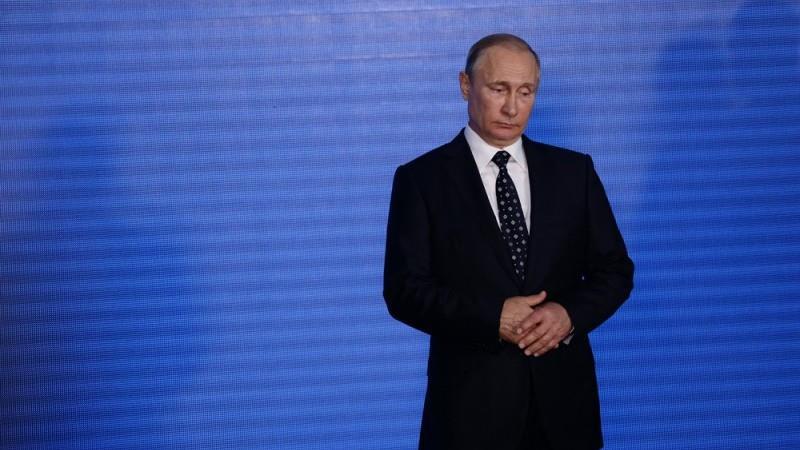
Russian budget: Stability still a priority but pressure to spend remains
The new parameters of the 2019-2022 budget, that received preliminary approval by the government is advertised as focused on economic growth, however, new projections are not that different from the ones presented a year ago. We interpret this as more of a verbal response to GDP growth concerns rather than an actual willingness to sacrifice accumulated macro stability in favour of a short-term boost to the economy.
The centrepiece of the ministry of finance's statement is that federal budget expenditures are supposed to increase from 16.1% GDP in 2018 to 16.9% in 2019 and 17.3% in 2020, i.e. by 1.2 percentage points in two years. We believe there are a few reasons why investors shouldn't overestimate the importance of this fact.
- There is no material change vs. the previous projections
According to the previous plan, expenditures were supposed to increase by 1.1 percentage points to 17.2% GDP in 2020, just 0.1 pp lower than the new one. The new plan also assumes subsequent declines in government spending to 16.9% GDP in 2022, which is lower than the 18-19% GDP range seen in 2012-2017. - Non-fuel revenues still outperform spending growth
The 1.2 percentage point jump in expenditures isn't enough to offset the 1.4 percentage point increase in the taxation pressure in 2020 vs. 2018. According to the new plan, non-fuel revenues after increasing from 10.0% GDP in 2018 to 11.2% GDP in 2019 on VAT and excise tax hike, will increase further to 11.4% GDP in 2020. Compared to the previous plan, non-fuel revenue projections for 2019-20 are upgraded by 0.2-0.3 pp on more efficient collection. - Budget breakeven oil price to remain at around $50/bbl
While the new budget plan assumes a decline in the overall budget surplus from 2.6% GDP in 2018 to 1.5% in 2019, 0.8% in 2020, and 0.5% in 2021, it has everything to do with oil price assumptions. The Urals price drafted into the budget is expected to drop from $70/bbl in 2018 to $55/bbl in 2020. The budget balance forecast is worsened by 0.3 pp vs. the previous projections reflecting $1-3/bbl cut in the oil price outlook. The Urals price needed to balance the budget is still expected to stay around $50/bbl, the lowest level since 2007.
Key takeaways
- The draft budget still focuses on maintaining fiscal stability accumulated over the last few years, which should support Russia's relative macro strength in the EM space.
- Support for growth will remain limited, but there is some scope for a positive surprise if the government ensures better intra-year distribution of spending (the 8M19 spending execution significantly underperformed the annual plan. Some of this year's spending might not be able to come in time and will be rolled over to next year) and makes it more targeted.
- Given the low GDP growth rates, the pressure on the finance ministry to ease budget policy will remain. Investors should keep in mind that in addition to direct budget spending there is a possibility of local investments from the National Wealth Fund in 2020. The discussion on the possible scale and targets is still ongoing.
- An alternative proposal is to ease the budget rule, which would allow to increase the direct budget spending and would be a more transparent option. According to our estimates, each $1/bbl increase in the threshold oil price (a cut-off point after which fuel revenues are saved in the NWF) would allow increasing annual budget spending by $2 billion, or RUB 120-130 billion. Previously, a $5/bbl increase was discussed, which would allow boosting expenditures by RUB600 bln, or. 0.5% of GDP. We would not exclude that the scale of potential local investments of the National Wealth Fund would be similar.
Overall, the budget discussion is in line with our conservative expectations of 1.0% GDP growth in 2019 with subsequent acceleration to 1.5 -1.7% in 2020-21 on more infrastructural spending on national projects. Outperformance is possible if there is progress in economic polices beyond fiscal and monetary domains.

Legal Disclaimer:
MENAFN provides the
information “as is” without warranty of any kind. We do not accept
any responsibility or liability for the accuracy, content, images,
videos, licenses, completeness, legality, or reliability of the information
contained in this article. If you have any complaints or copyright
issues related to this article, kindly contact the provider above.


















Comments
No comment